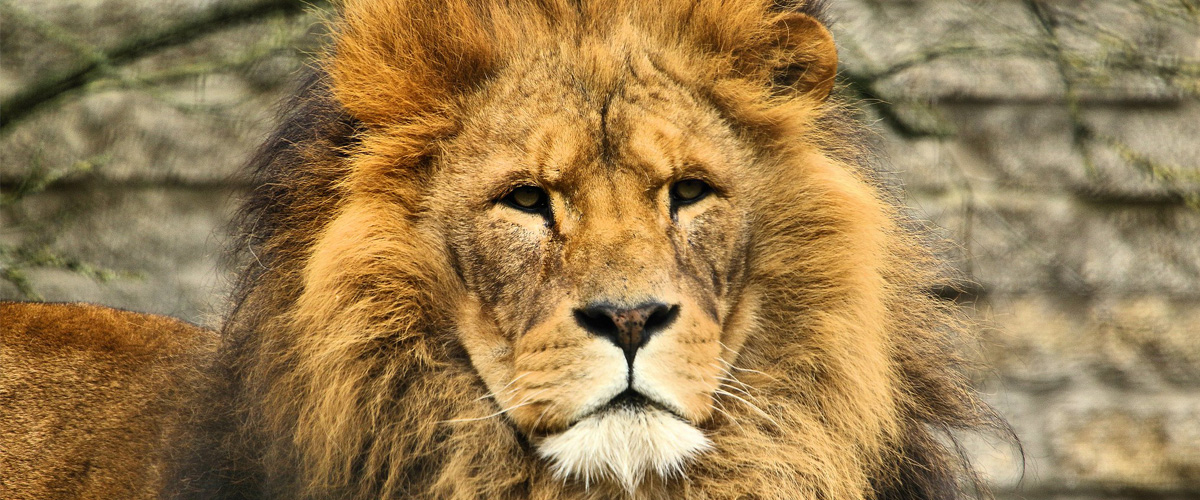Mammals are warm-blooded vertebrates that belong to the class Mammalia, characterized by the presence of mammary glands, which produce milk to nourish their young, and hair or fur covering their bodies. They have a four-chambered heart, a highly developed brain, and specialized teeth adapted to their diets. Most mammals give birth to live young, although monotremes lay eggs. Mammals possess diverse adaptations including varied locomotion methods, complex social structures, and sophisticated sensory systems.
Ecologically, mammals play vital roles in various ecosystems as seed dispersers, predators, prey, and ecosystem engineers. They contribute to nutrient cycling, vegetation management, and maintaining balance within food webs. Many species have intricate relationships with their habitats, and their presence can reflect changes in ecosystem dynamics, making them important for biodiversity conservation and as indicators of habitat quality.
Examples of Mammals
| Common Name | Scientific Name | Description |
|---|---|---|
| White-tailed Deer | Odocoileus virginianus | A medium-sized herbivore known for its distinctive white tail and adaptability, commonly found across North and Central America. |
| Gray Wolf | Canis lupus | A highly social predator that lives in packs and is known for its complex social structure and communication through howling. |
| North American Beaver | Castor canadensis | A large semi-aquatic rodent noted for its dam-building behavior and flat tail, primarily found in freshwater habitats. |
| Eastern Gray Squirrel | Sciurus carolinensis | A small arboreal mammal often associated with urban and suburban areas, recognized by its gray fur and bushy tail. |
| Mountain Lion | Puma concolor | Renowned as a powerful and solitary predator, it is known for its agility and large territory range across the Americas. |
| Polar Bear | Ursus maritimus | Iconic for its striking white fur, this large carnivore inhabits the Arctic regions and is adapted for life on sea ice. |
| Red Fox | Vulpes vulpes | A highly adaptable mammal known for its rusty-red coat and distinctive bushy tail, often seen in diverse habitats from forests to cities. |
| American Black Bear | Ursus americanus | A versatile omnivore with a wide range, known for its climbing ability and varied diet of plants, insects, and small animals. |
| Eastern Cottontail | Sylvilagus floridanus | A small rabbit with grayish-brown fur, known for its distinctive cotton-like tail and presence in meadows and woodland edges. |
| American Badger | Taxidea taxus | Stocky, powerful diggers known for their distinctive facial markings and solitary nature; often found in grasslands and open prairies. |
